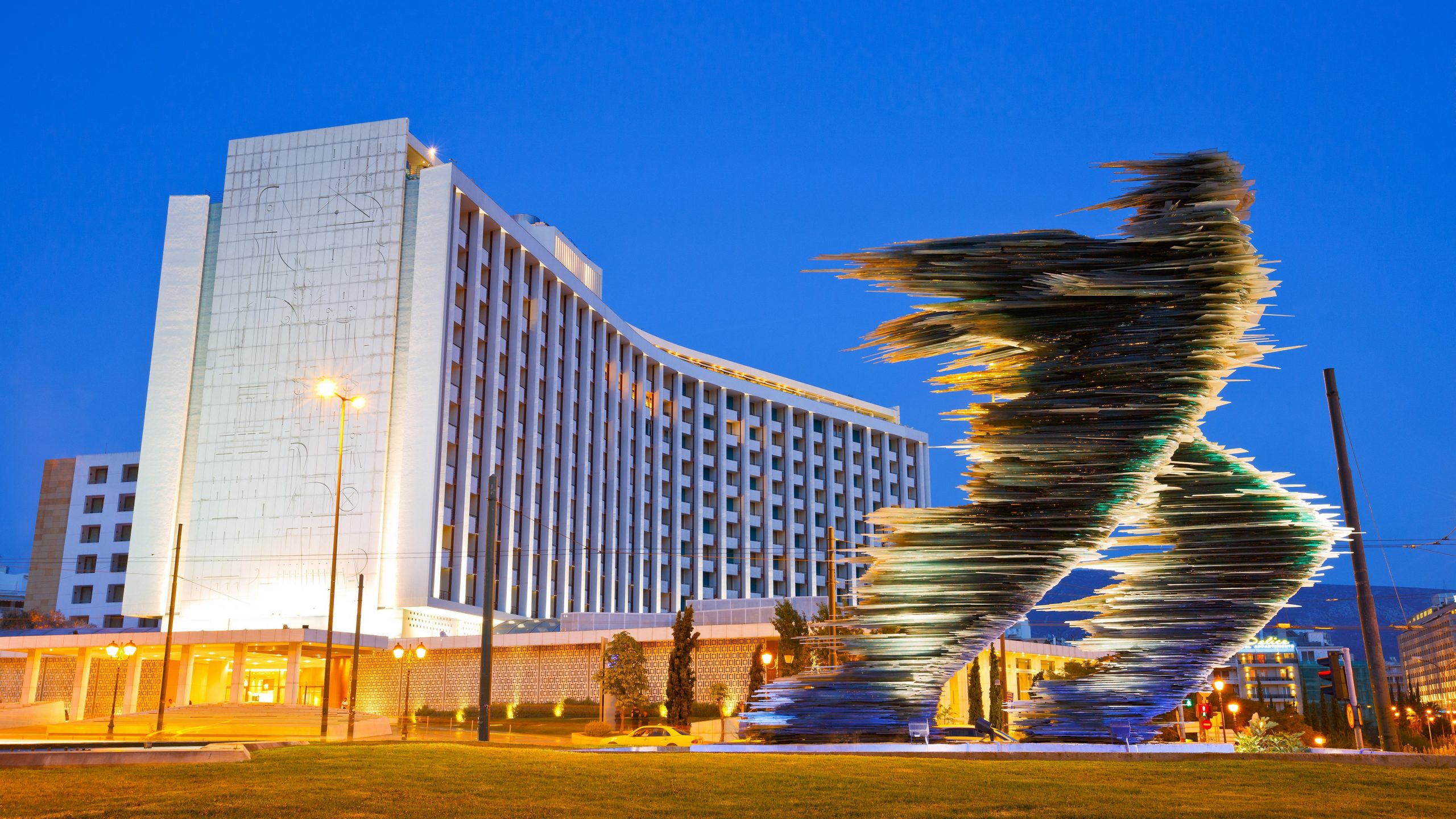By Kathy Karageorgiou.
There is a fascinating and unique landmark in Athens referred to as the ‘Dromeas’ or in English – the ‘Runner.’ It is a sculpture, created by the artist Costas Varotsos, which now (since 1995), stands majestically across from the Athens Hilton Hotel on Vasilisis Sofias Street. Perhaps ‘stands’ isn’t quite the right word to describe the placing of this majestic sculpture, as it is so representative of motion, that to me it seems ready to take to the surrounding streets and join the traffic!
Like so many, I’m moved and fascinated both consciously and viscerally by the originality of Dromeas. Every time I see it, it stirs within me an awe of its uniqueness, but also a sense of sadness. I perceive it as a lonely figure, not being able to find peace; restless, always on the move, unable to settle, as its blurred imagery suggests to me. And in its glass jaggedness, I sense a ‘don’t get too close to me’ vibe.
Like a porcupine’s or echidna’s needles of defence, the sharp edges of my Dromeas (everyone interprets it their way), denote its protective mechanism – after being hurt, criticised, shunned even. The exterior may be sharp and hard, but it – glass, is also fragile. He (or perhaps she), is a beautiful sensitive creature to me, trying to escape perhaps persecution, or poverty or just his/her own wanderlust: like Greeks migrating to Australia.
I want to posit my own queries about this art work to its creator, as my interest has been provoked by not only the glass statue itself, but also from the many interviews of Mr Varotsos that I’ve come across over the years.
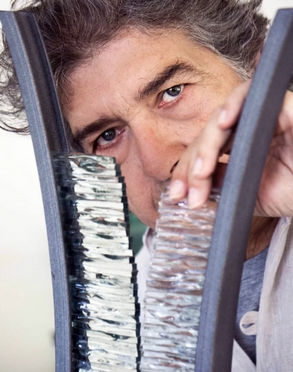
For example, in one of his interviews he compares Dromeas’ motion to Greece and its civilisation whereby it moves horizontally and vertically, like the zembekiko dance, as though trying to reach the sacred. I also recall Mr Varotsos talking about his studies in Rome and how he noticed the strong Ancient Greek influences there so much so, that being a Greek abroad made him come back to Greece, more Greek.
It is interesting that the ‘Dromeas’ as much admired as it is, was apparently initially shunned: A recurring theme in relevant articles was that Greeks didn’t know how to ‘take’ this ‘modernist’ sculpture by a fellow Greek no less. Hence, the initially placed in Omonia Square in 1988, 12meter (30ft) ‘Dromeas’, was in turn much discussed and written about. (It was moved from its original Omonia location due to the building of the metro station there, which caused vibrating that could adversely affect the glass sculpture.)

Eager to get to the ‘source’ of this work of art and its fanfare, I managed to catch up with Mr Costas Varotsos, who – even after his multiple interviews about the Dromeas sculpture in particular, keenly and patiently spoke with me: “The Dromeas is about the human condition; life’s constant movement – even from birth to death. And the people in Greece eventually understood this.
It signifies a person passing through a place, going elsewhere, not knowing when he or she will return. And so, the original name of the sculpture was ‘O Xenos’ (The Stranger). It was actually later on that it became Dromeas – or The Runner, or even The Traveller. In 1988 there was talk of the Olympics for Greece, and because of the ‘motion’ of the sculpture too, the public saw it as ‘The Runner’. But from my point of view a stranger is always a runner, a traveller.”
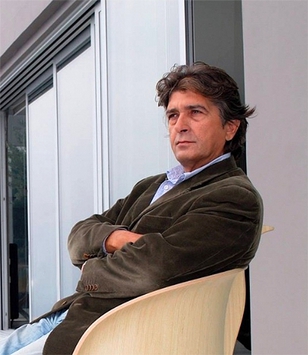
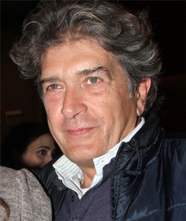
I ask Mr Varotsos if he knows much about Australia, including the Greek Australian migration experience and whether he’s been there?
“I would like to go to Australia, because I’ve been to many places, but not there. I’ve lived in the States, and in Europe … and as Greeks, we all have someone there (in Australia). It’s something I want to do. I even have distant relatives there who keep in touch with me,” he asserts.
In response to my question: “What would you as a sculptor design in Australia?” he thoughtfully answers: “It depends on the place, on the environment; on the influence of the environment – it has to blend in.
“I don’t put my works in a place, but rather, the work is born from the place. It’s not an egotistical placement. I have an interest in Aboriginal art as it has always had this identification with place that gives it its authenticity, which I admire.”
Referring to another of his sculptures, based in Italy – L’approdo (The Landing), he gives an example of his art in the context of place and symbolism.
“My sculpture in Ortrando, Italy was important because it’s a remembrance to the tragic occurrence of people in motion. It was in the early 90’s, and they were trying to get to Italy from Albania. All 85 of them died at sea – 60 were women and children. I took what was left of the destroyed boat and with my glass sculpting paid homage to the dead and to their movement,” he says.
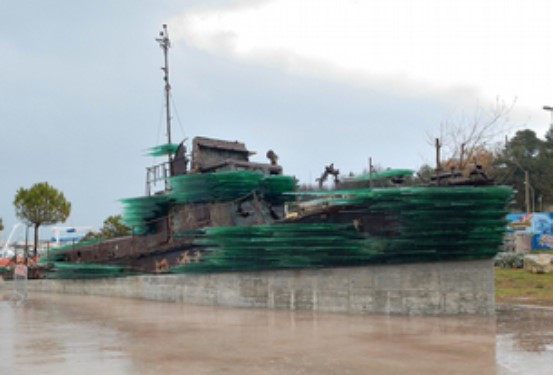
“Hence, my work is not about designing for a country… It’s about the human condition, in place; life’s constant movement, even from birth to death. And in the case of Greek Australians, their movement from Greece to Australia relates to my Dromeas sculpture of course, but also beyond, to the constantly shifting paradigm of the place transforming people and vice versa.”
He continues, “Australians now seem to be in motion, as avid travellers abroad. That is what the Dromeas symbolises – the life force, of energy and motion.”
Hopefully, Mr Costas Varotsos will visit our Aussie shores soon and be inspired – and perhaps invited, by our beautiful place to create a sculpture for us.

